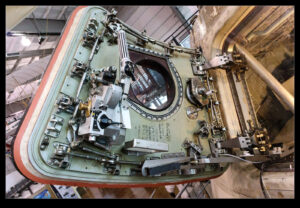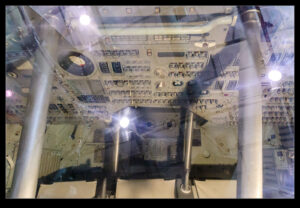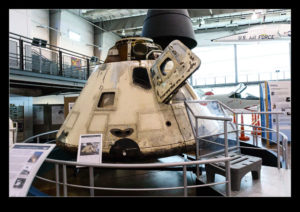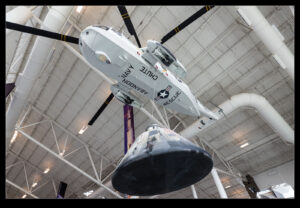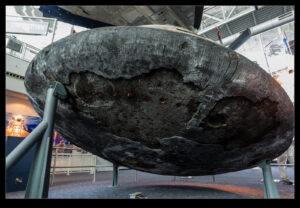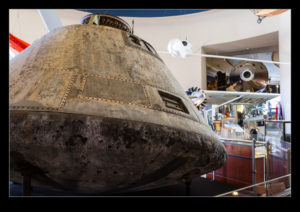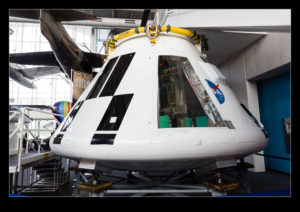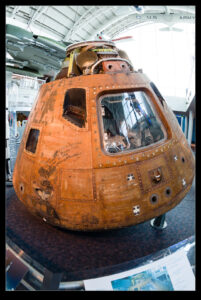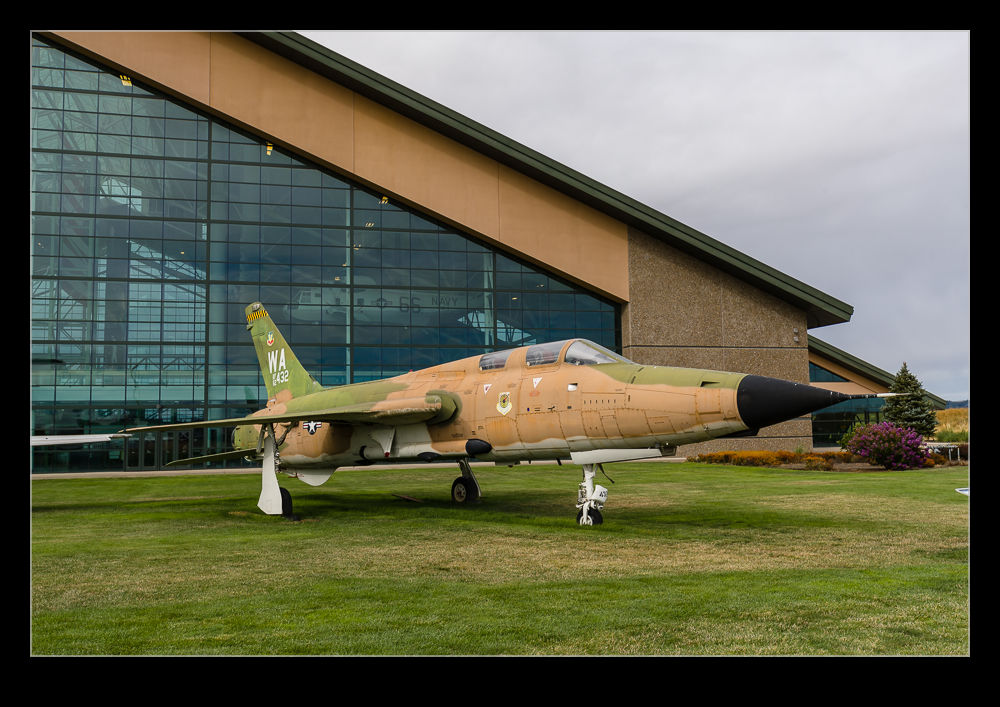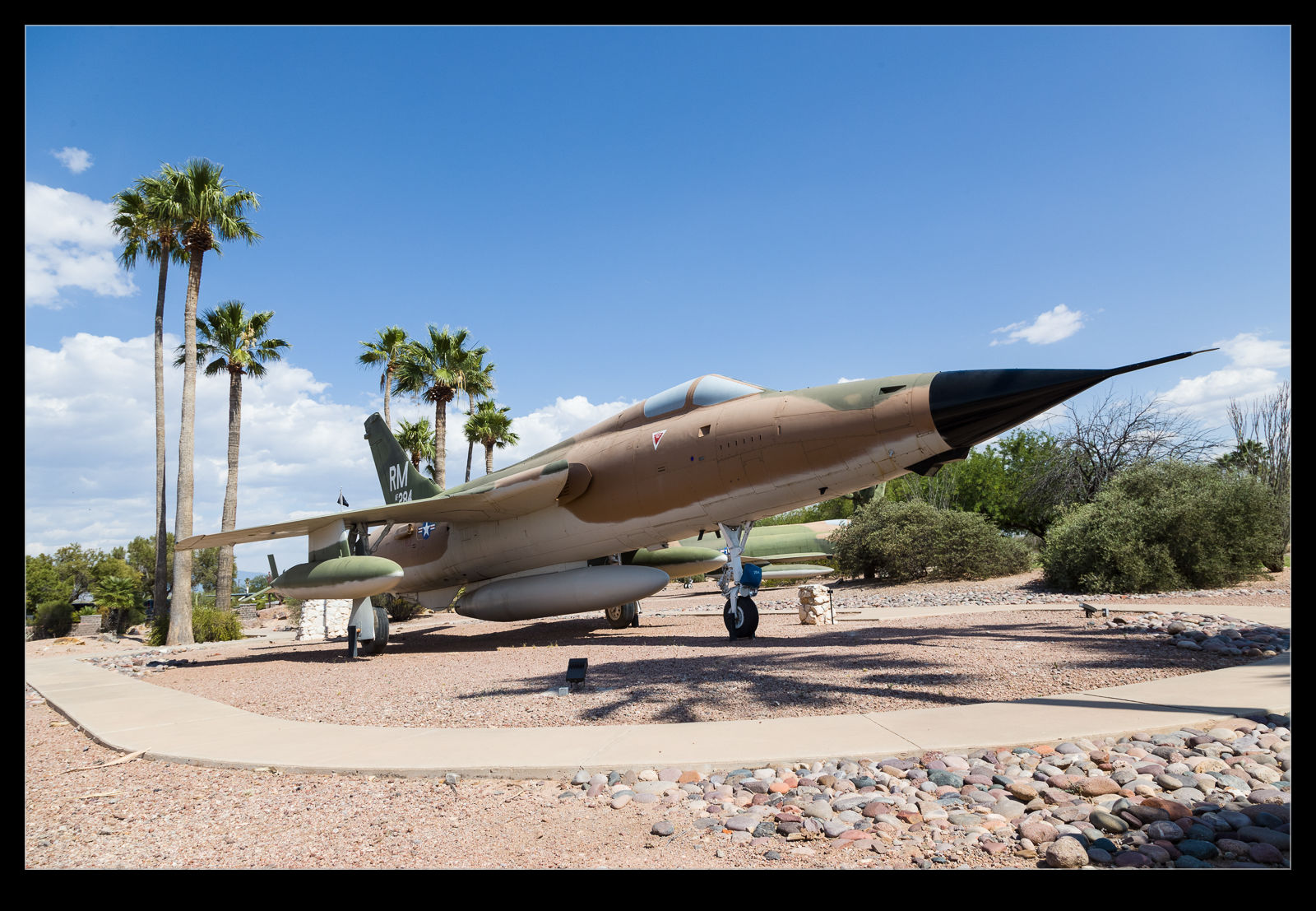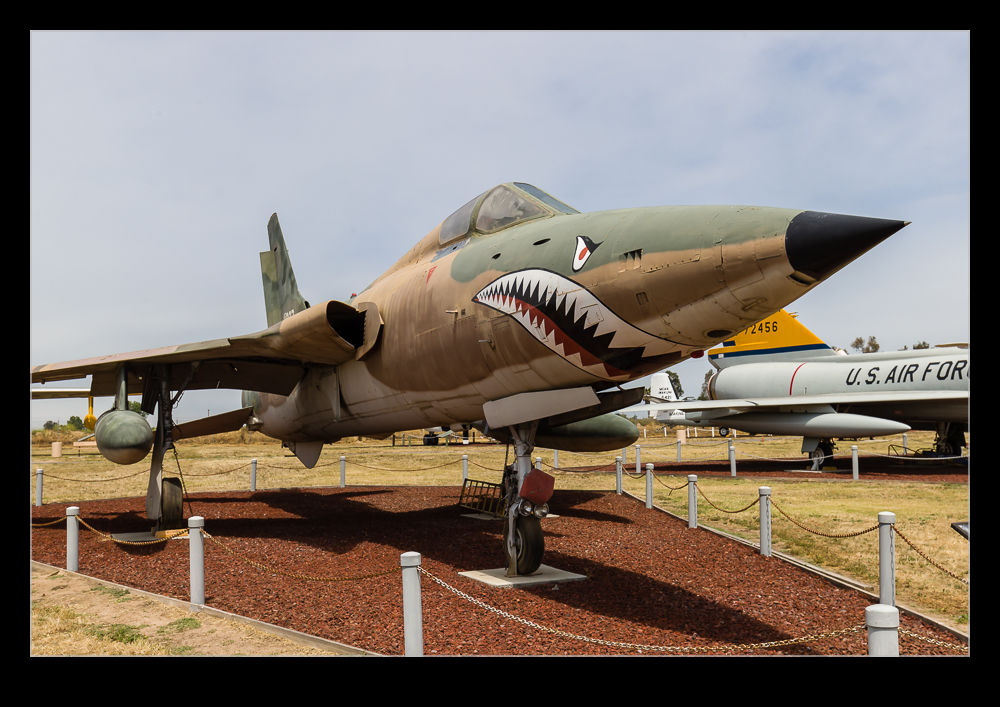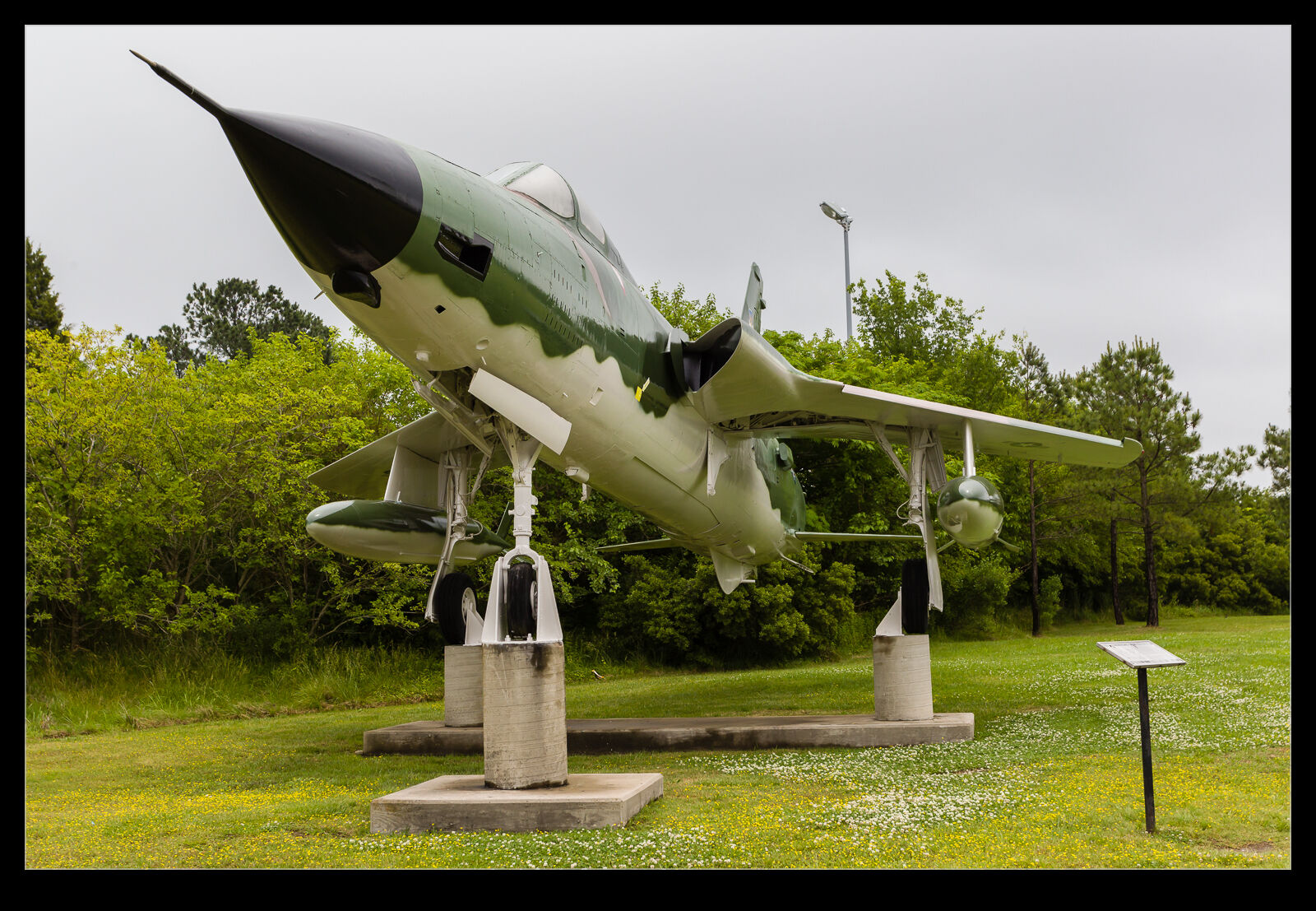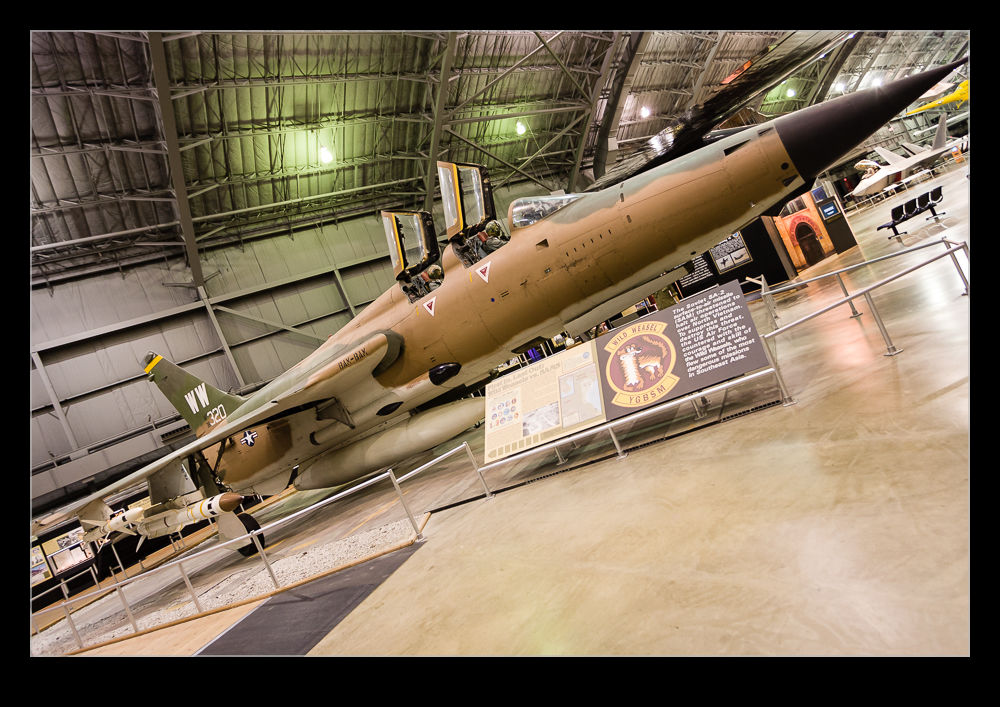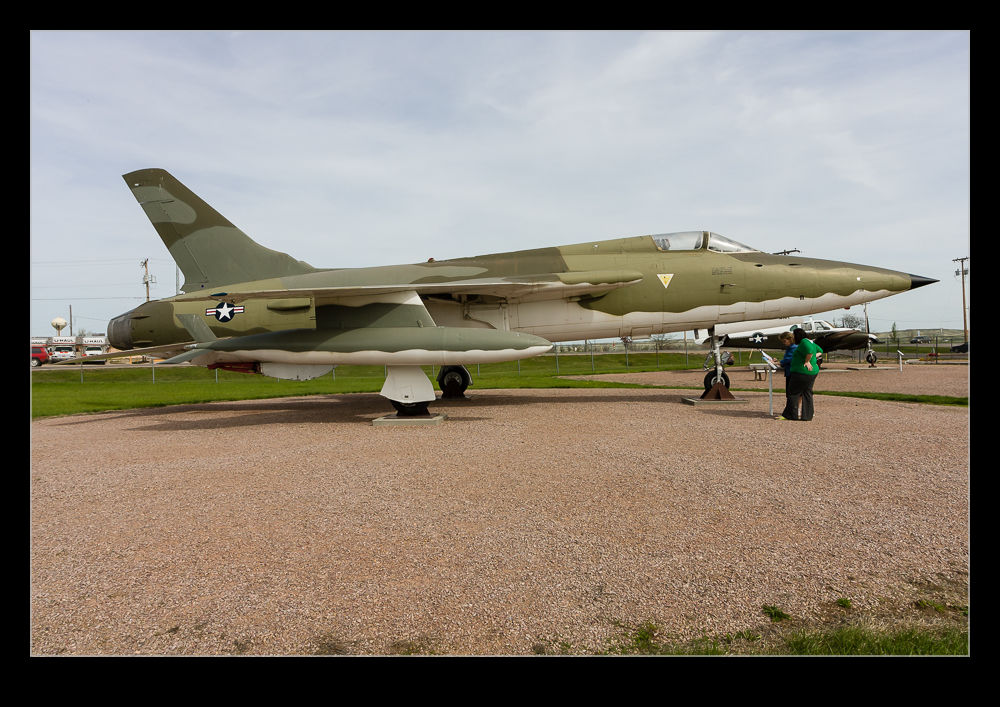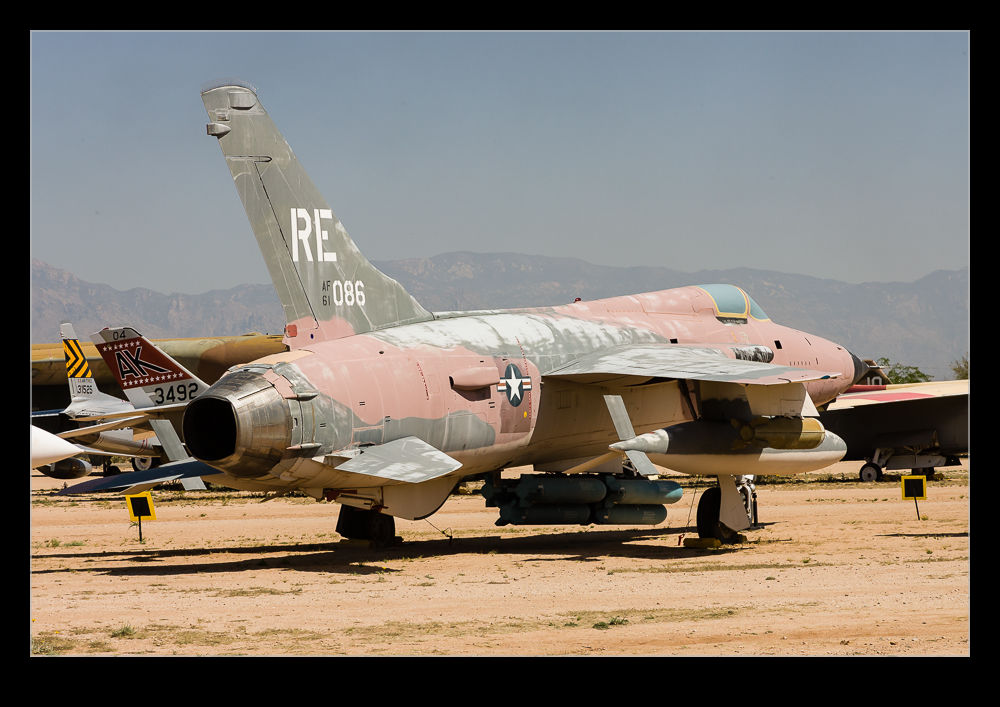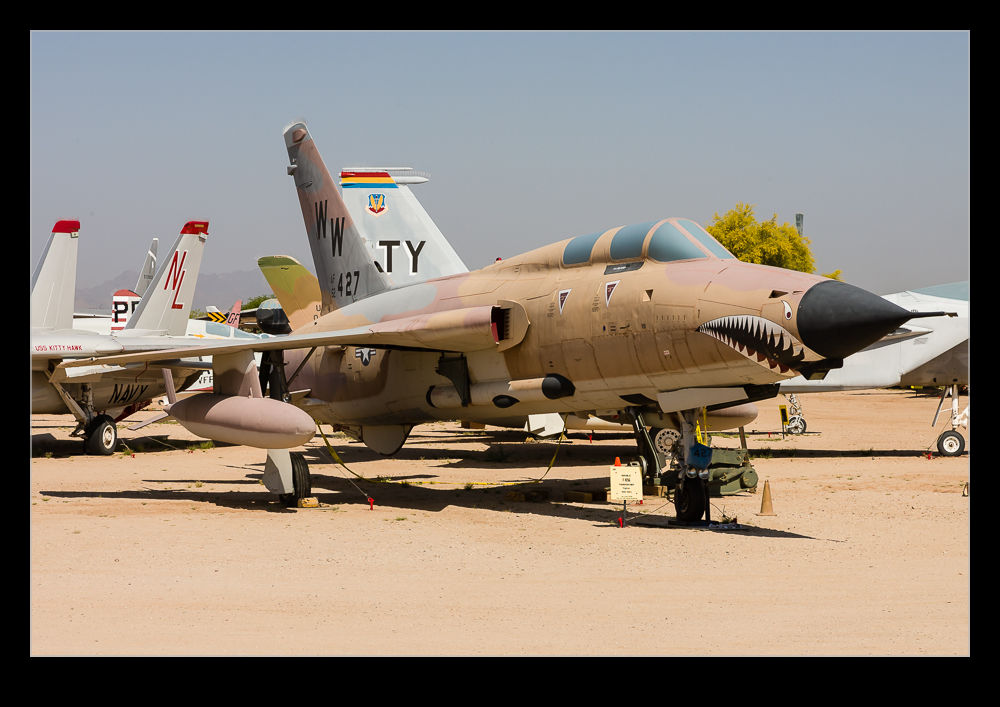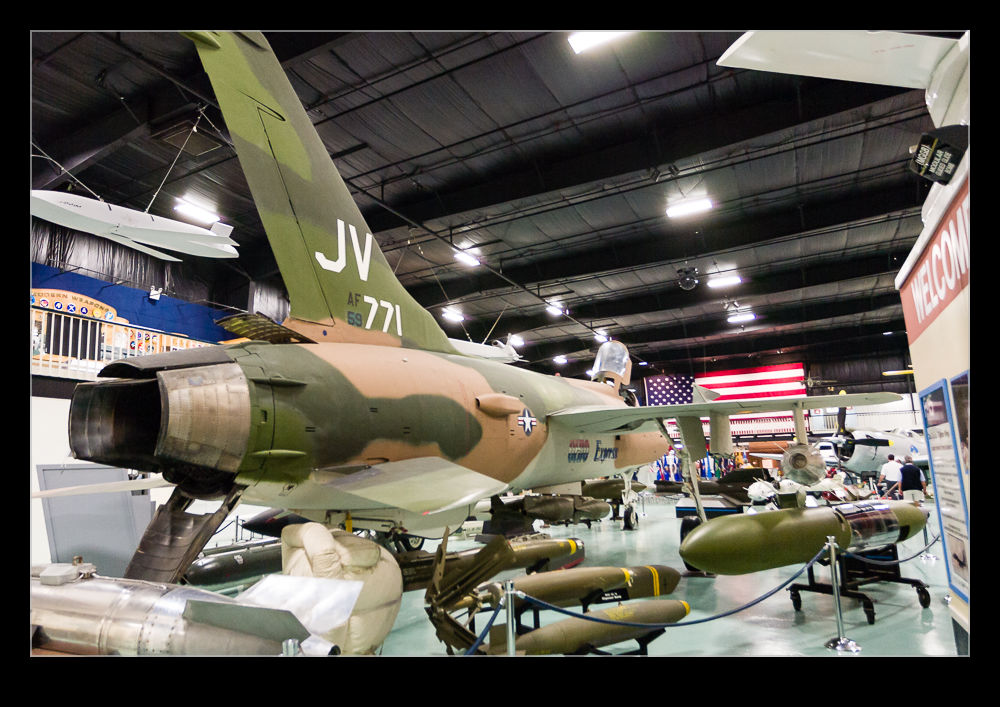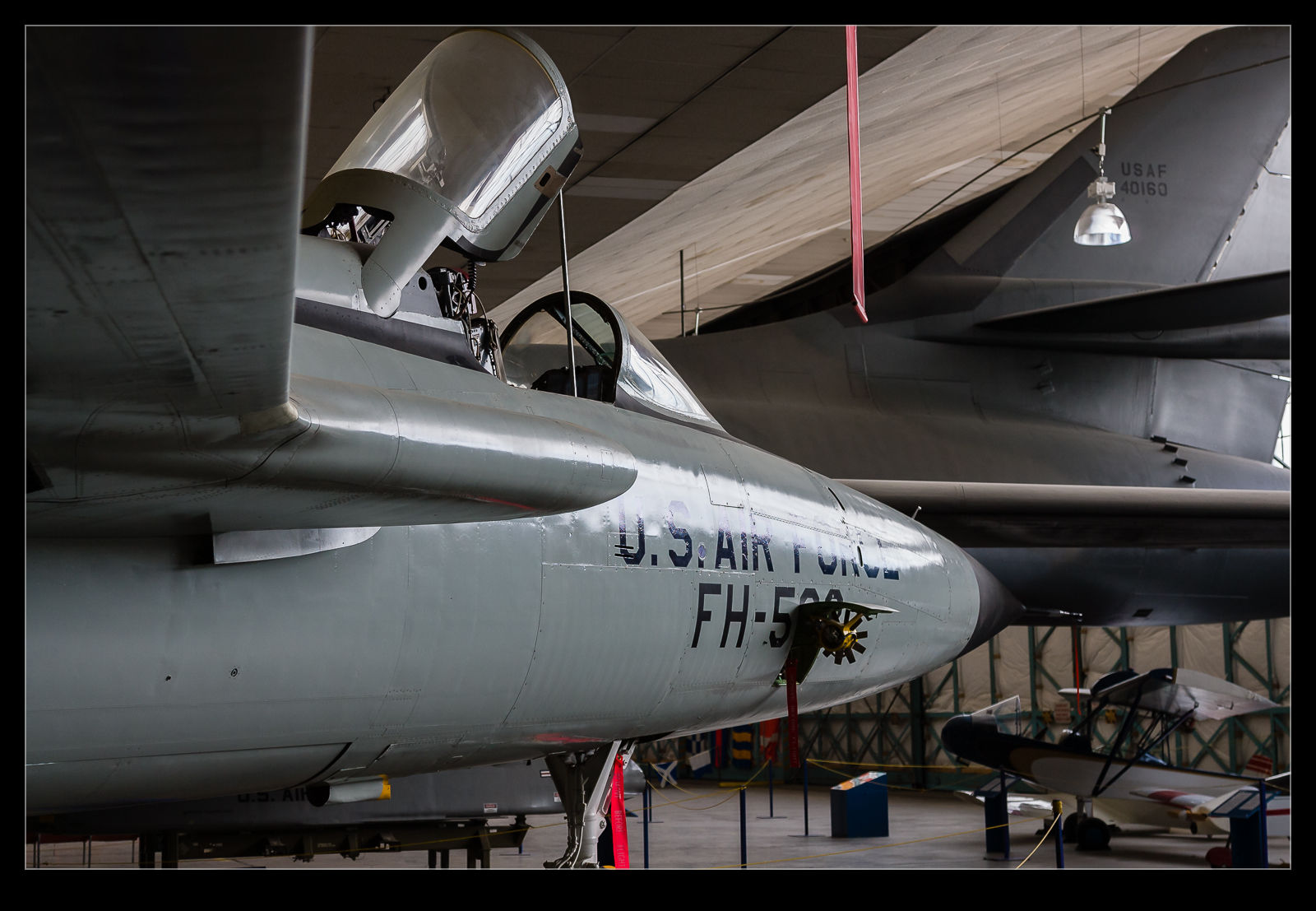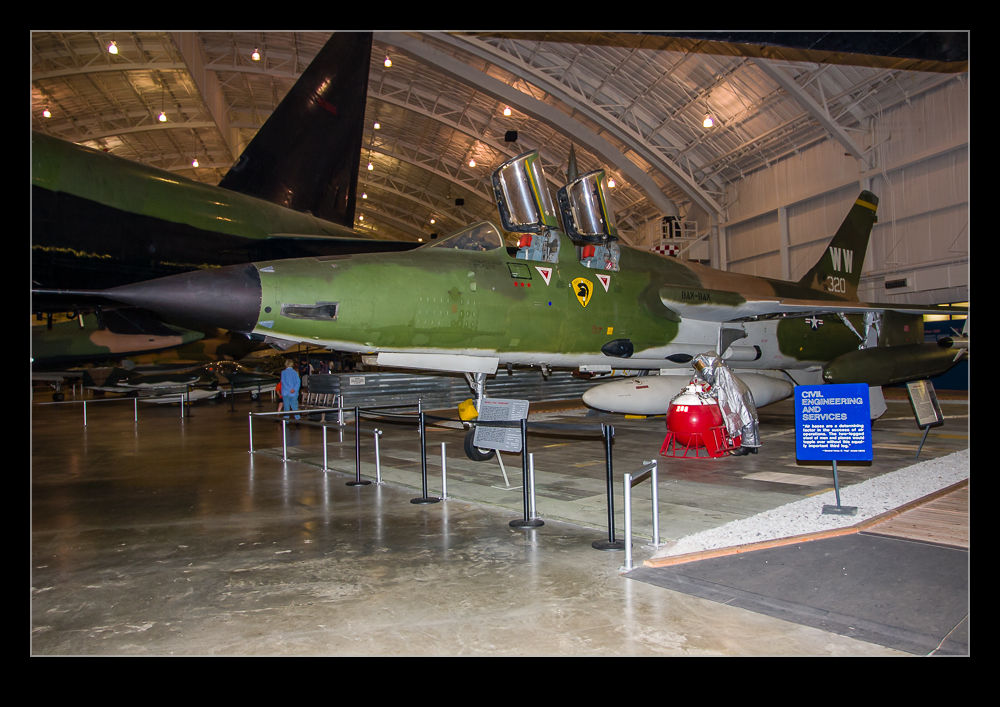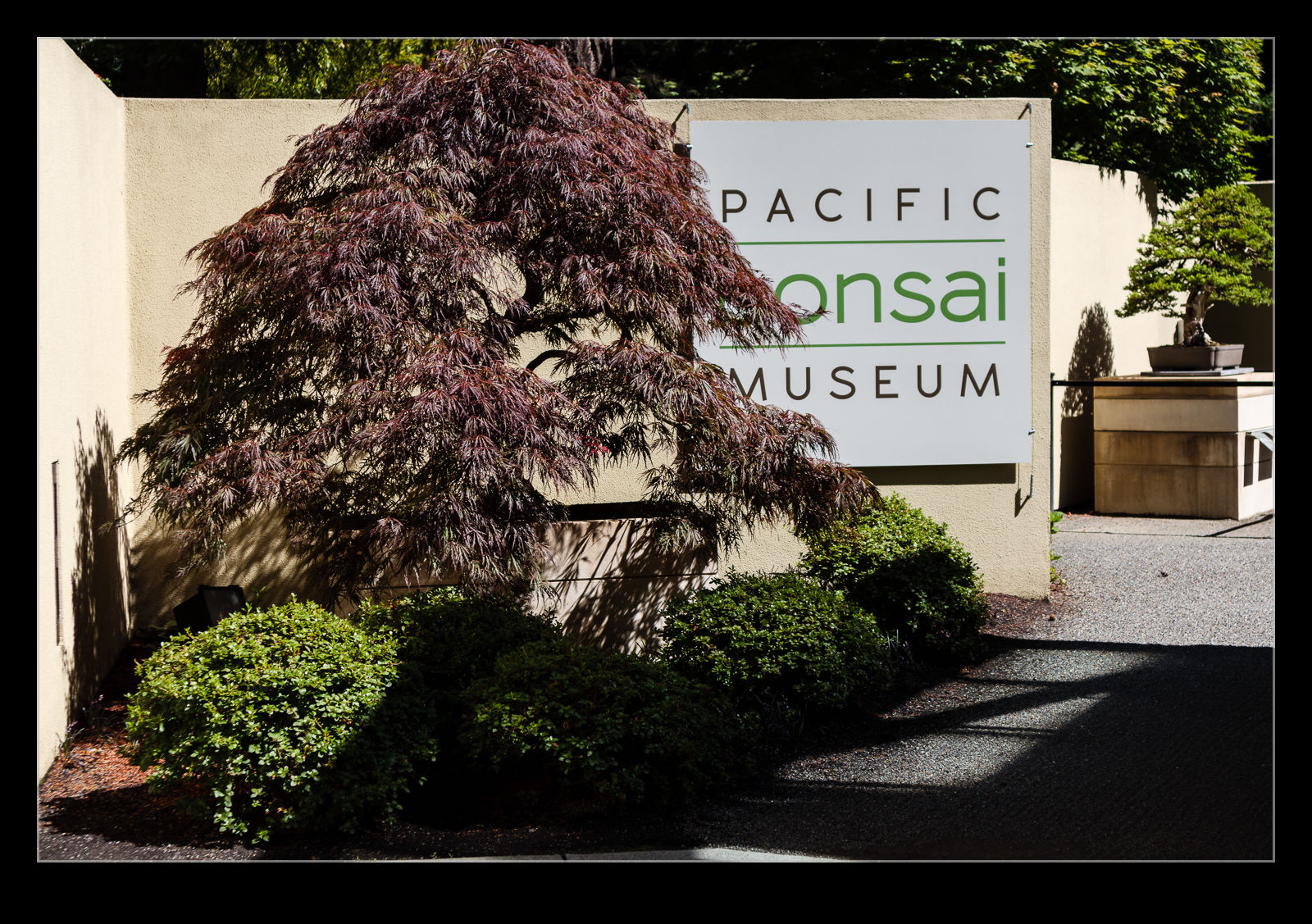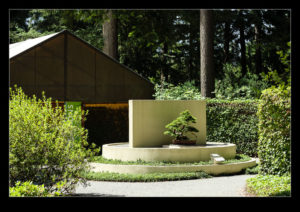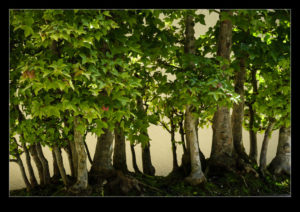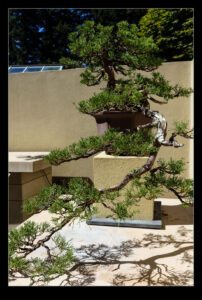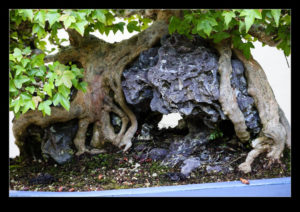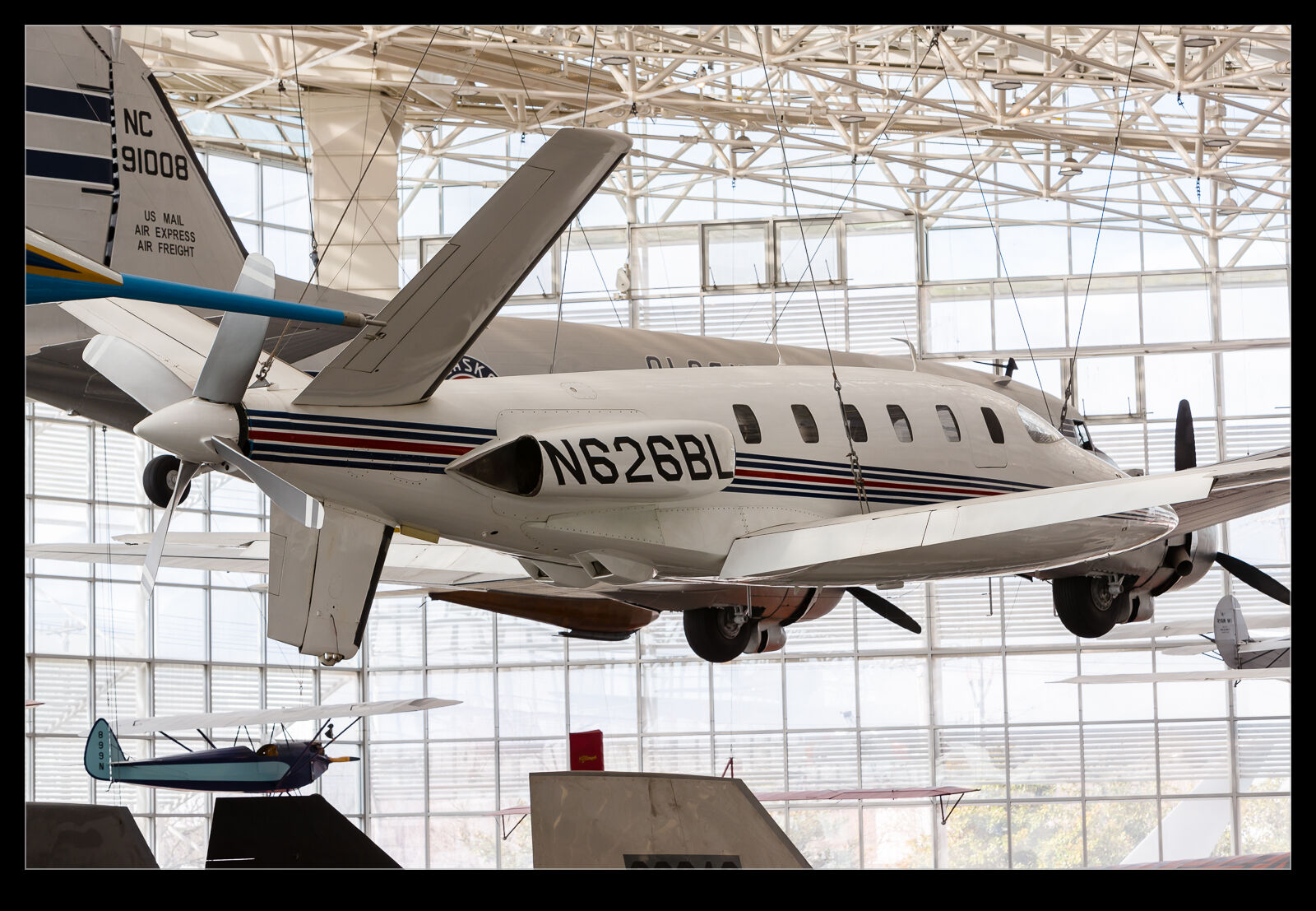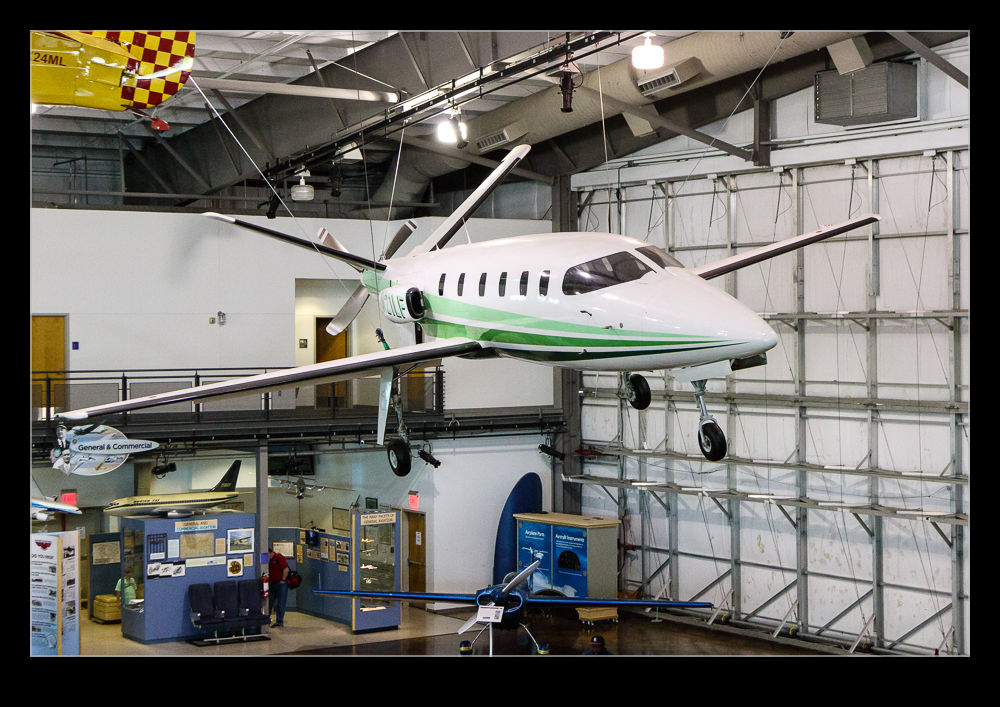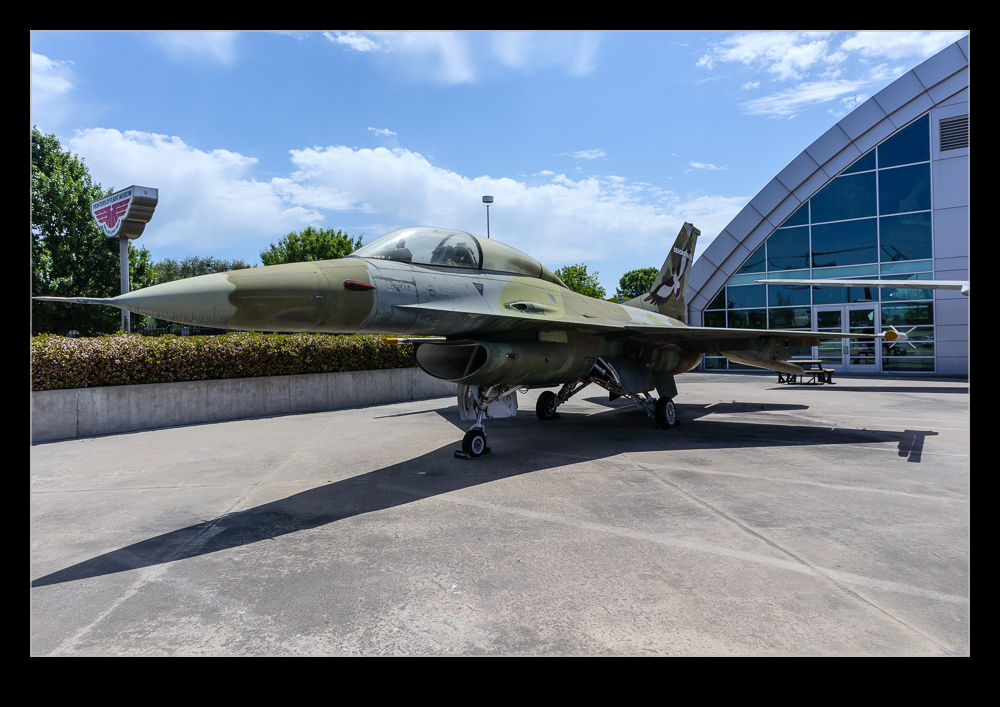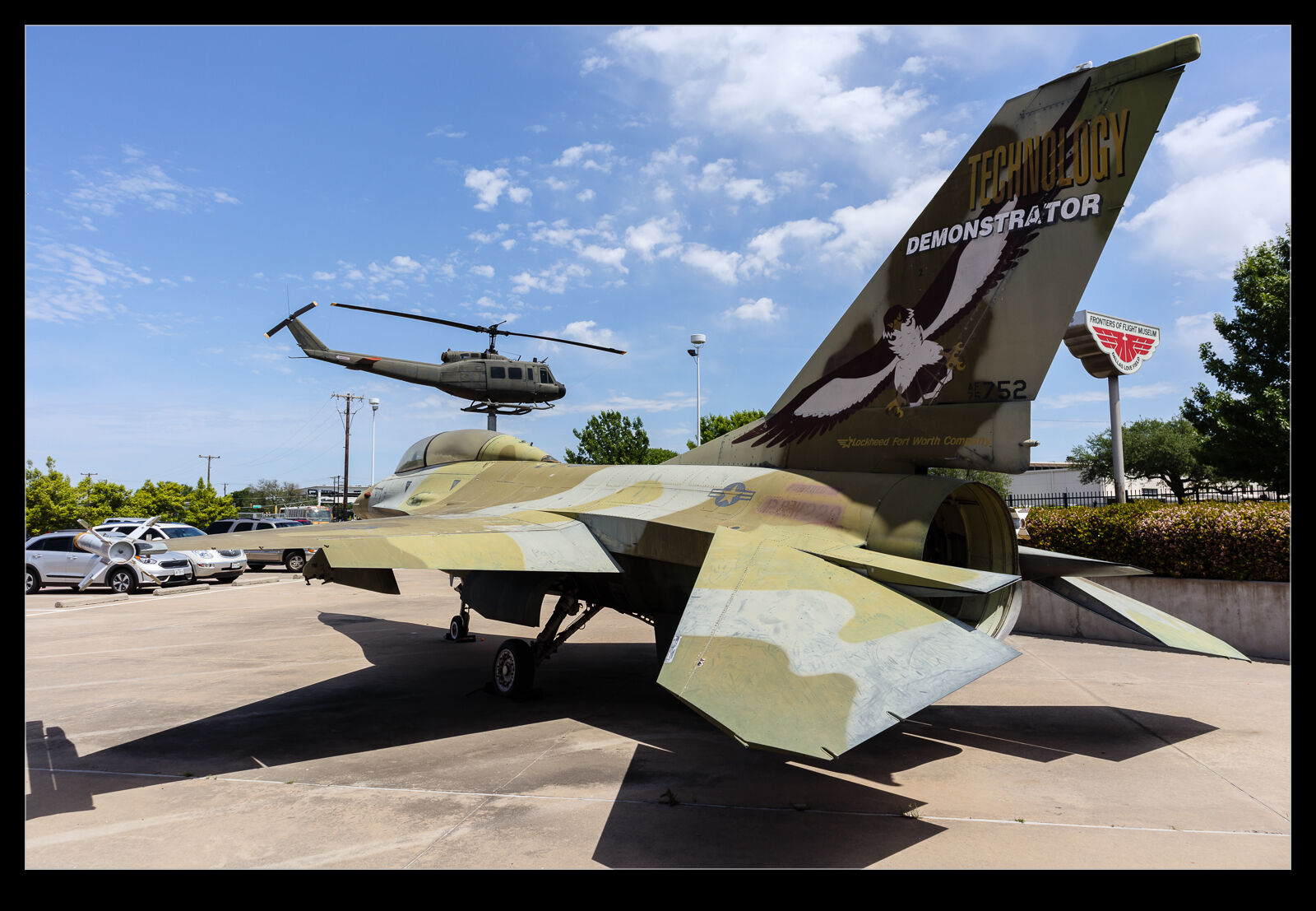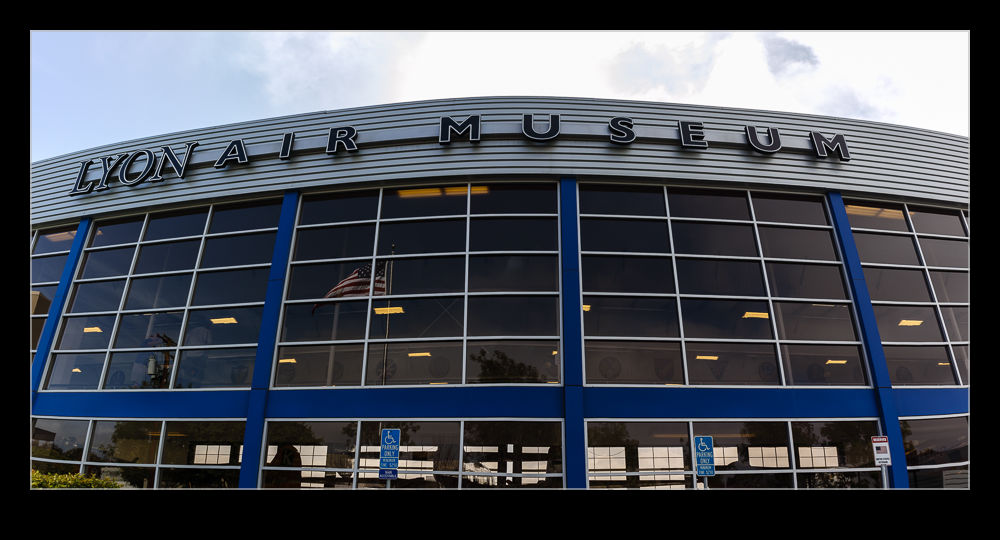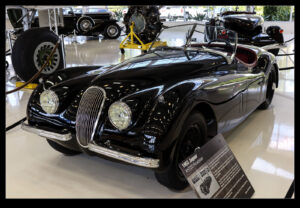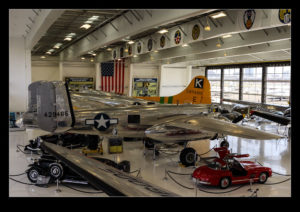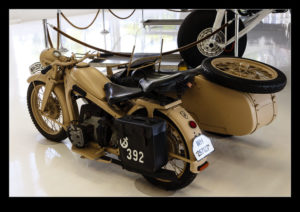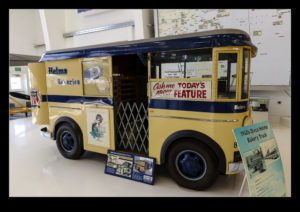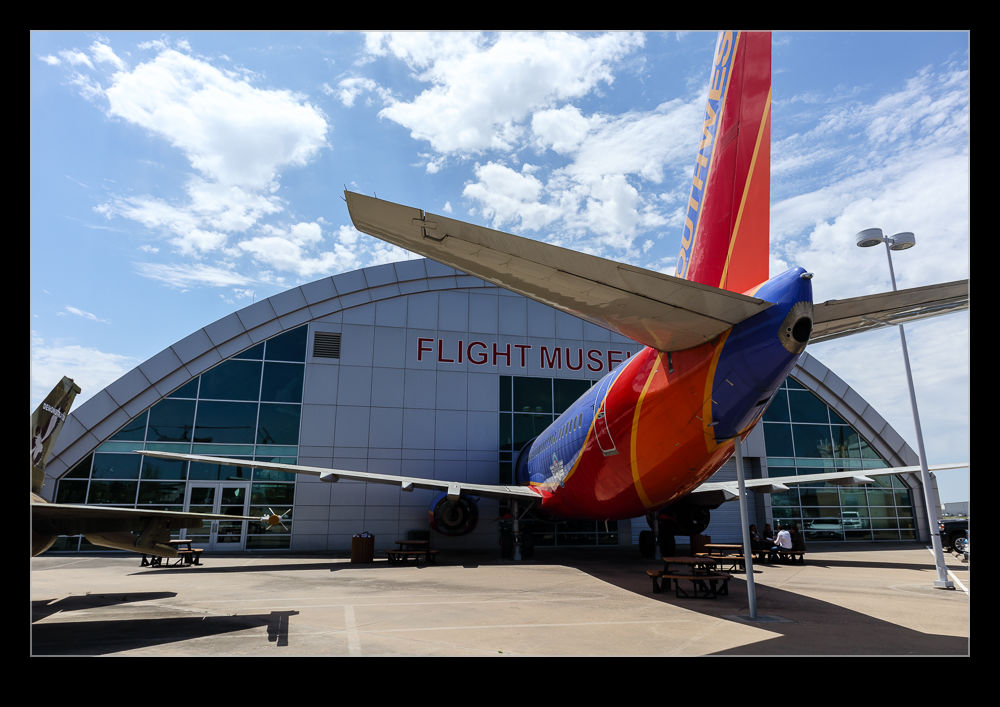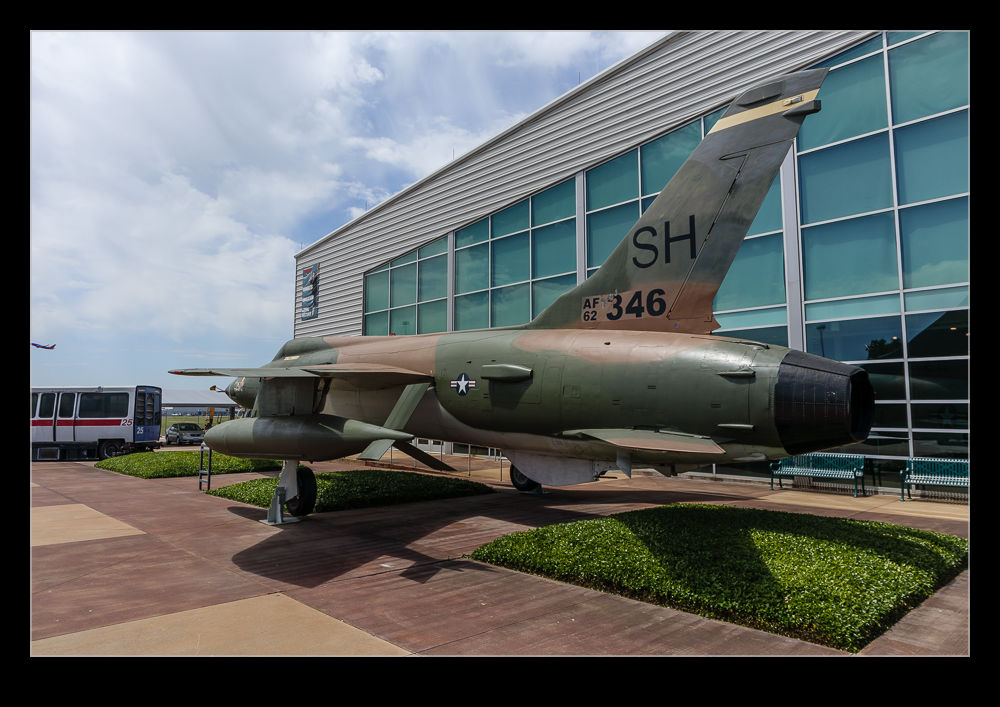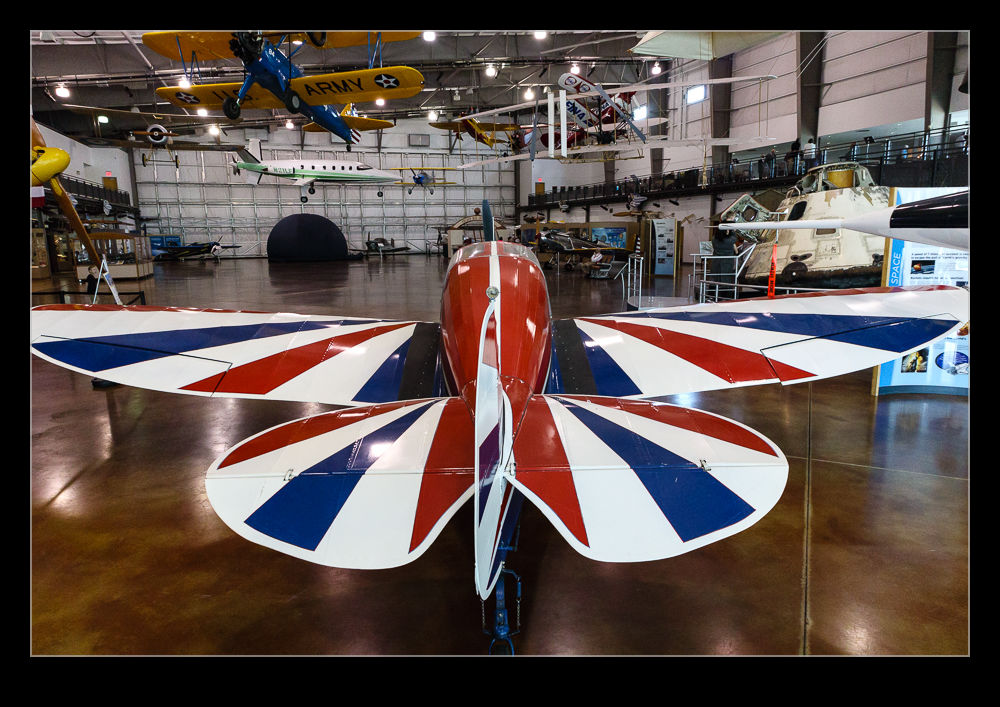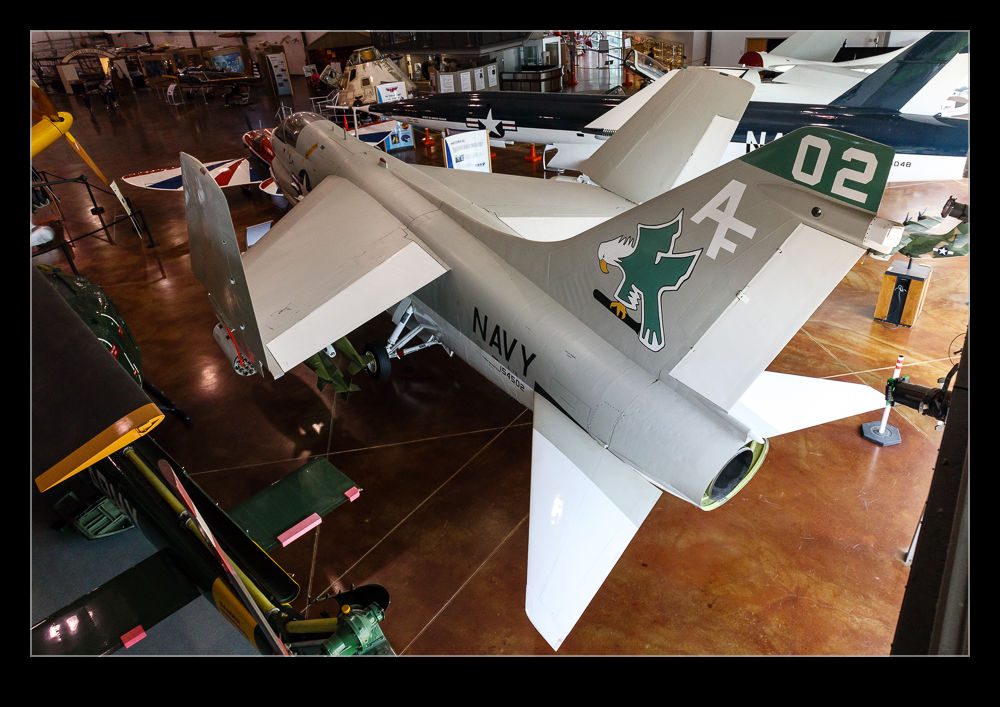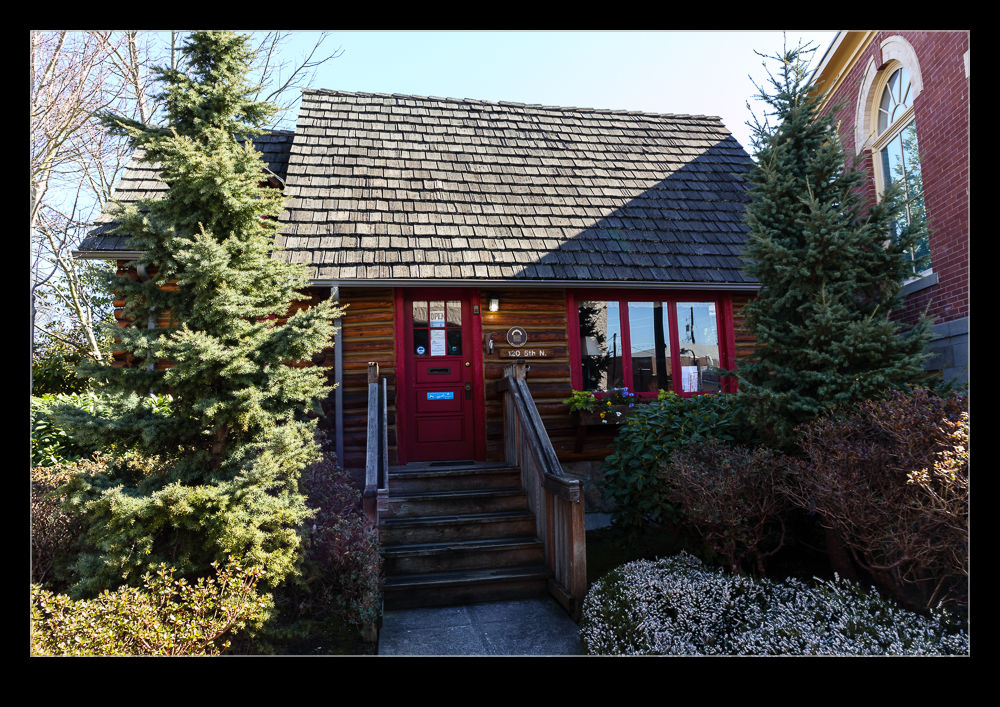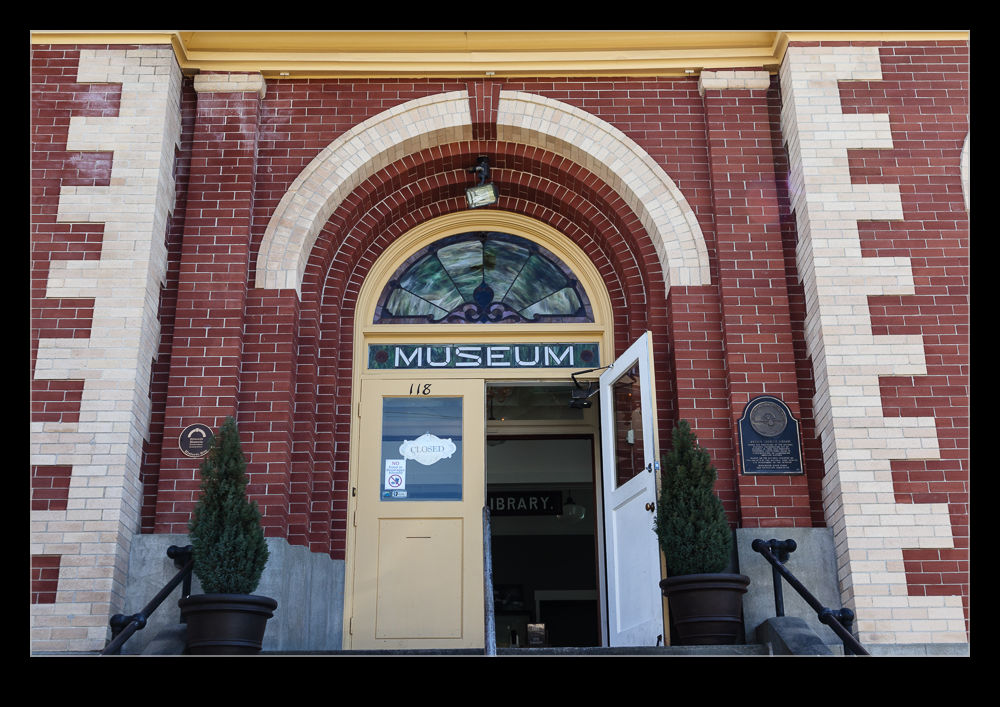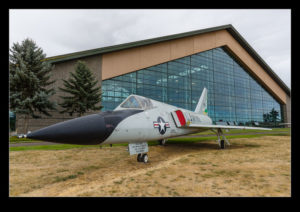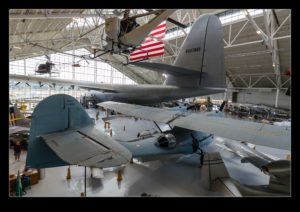 I have made one previous visit to the Evergreen Aviation Museum in McMinnville Oregon. That was probably ten years ago. I was in Portland for the morning Open House at the ANG unit so, having gone that far, I decided to go to the museum to see what had changed. I underestimated a couple of things. One, McMinnville is a bit further from Portland than I thought it was so it took about an hour to get there and that hour was also going to be added to my return journey. Also, a lot of things have changed so I was going to spend more time there than I thought. I was not getting home early that evening!
I have made one previous visit to the Evergreen Aviation Museum in McMinnville Oregon. That was probably ten years ago. I was in Portland for the morning Open House at the ANG unit so, having gone that far, I decided to go to the museum to see what had changed. I underestimated a couple of things. One, McMinnville is a bit further from Portland than I thought it was so it took about an hour to get there and that hour was also going to be added to my return journey. Also, a lot of things have changed so I was going to spend more time there than I thought. I was not getting home early that evening!
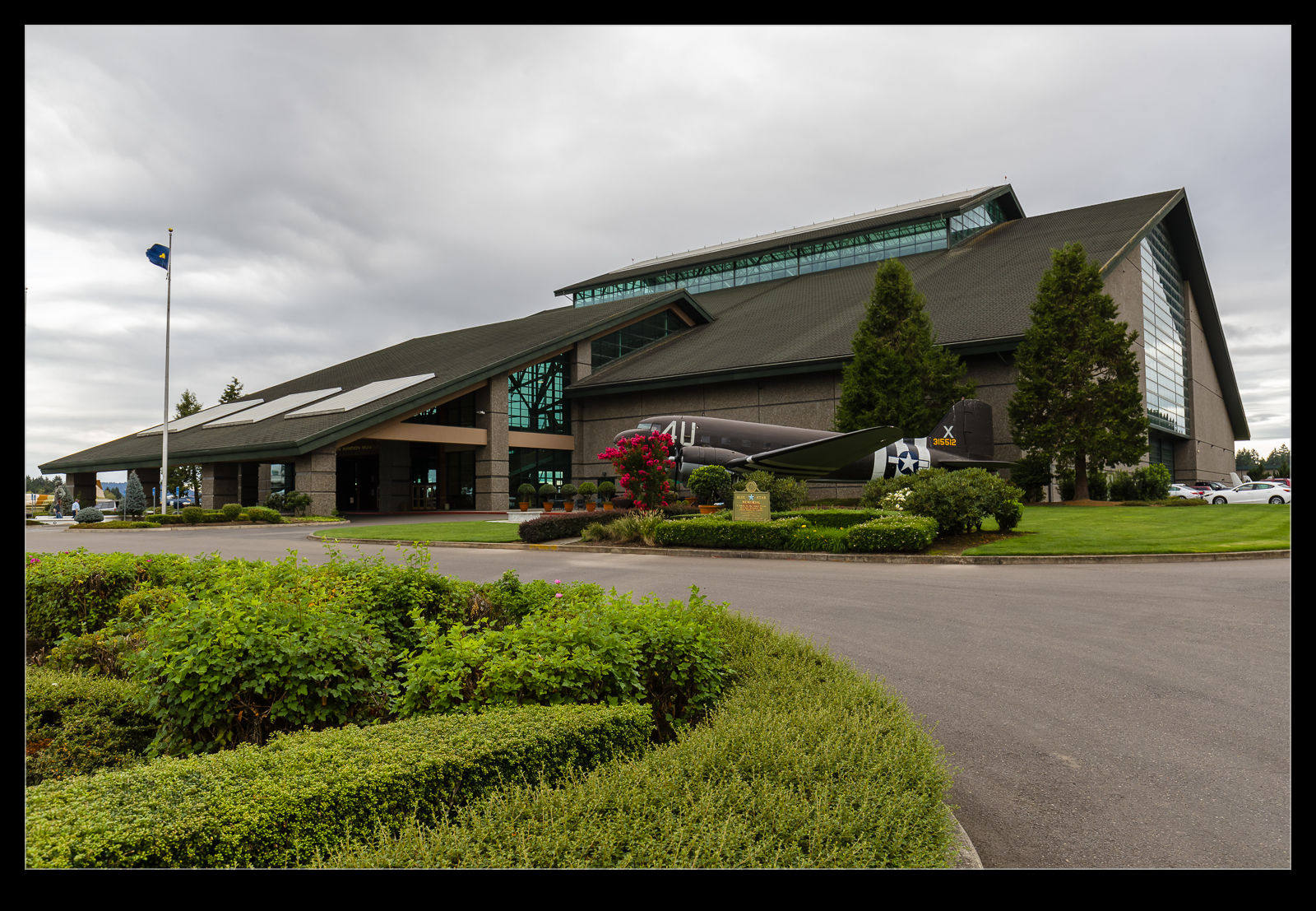 When I last went, one building housed the exhibits and a second was being built. It was close to completion and they were talking of space exhibits and, hopefully, a Space Shuttle. That didn’t work out but now there is certainly a lot more to see. There are two main exhibition buildings – pre-Vietnam and post-Vietnam eras – housing civilian and military exhibits. There is also a theater building. None of this includes the water park that is close by.
When I last went, one building housed the exhibits and a second was being built. It was close to completion and they were talking of space exhibits and, hopefully, a Space Shuttle. That didn’t work out but now there is certainly a lot more to see. There are two main exhibition buildings – pre-Vietnam and post-Vietnam eras – housing civilian and military exhibits. There is also a theater building. None of this includes the water park that is close by.
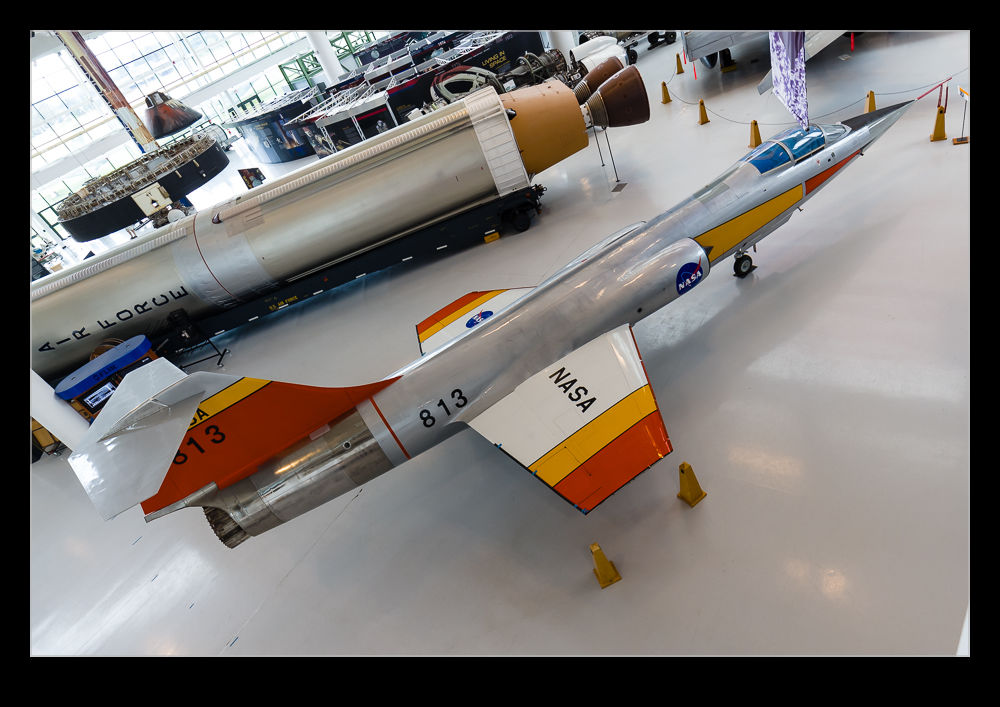 The amount of space means that the exhibits are not crammed upon each other although some areas are a little more cramped than others. Some helicopters that I rather liked were jammed together. There is a shortage of space I guess, though, because lots of exhibits are outside and there are a few still scattered around the parking lot awaiting restoration. That is not a criticism though. The museum has plenty of great stuff to see (although the Beech Starship was in the parking lot last time I was there and still is, looking a little more forlorn now than it did then).
The amount of space means that the exhibits are not crammed upon each other although some areas are a little more cramped than others. Some helicopters that I rather liked were jammed together. There is a shortage of space I guess, though, because lots of exhibits are outside and there are a few still scattered around the parking lot awaiting restoration. That is not a criticism though. The museum has plenty of great stuff to see (although the Beech Starship was in the parking lot last time I was there and still is, looking a little more forlorn now than it did then).
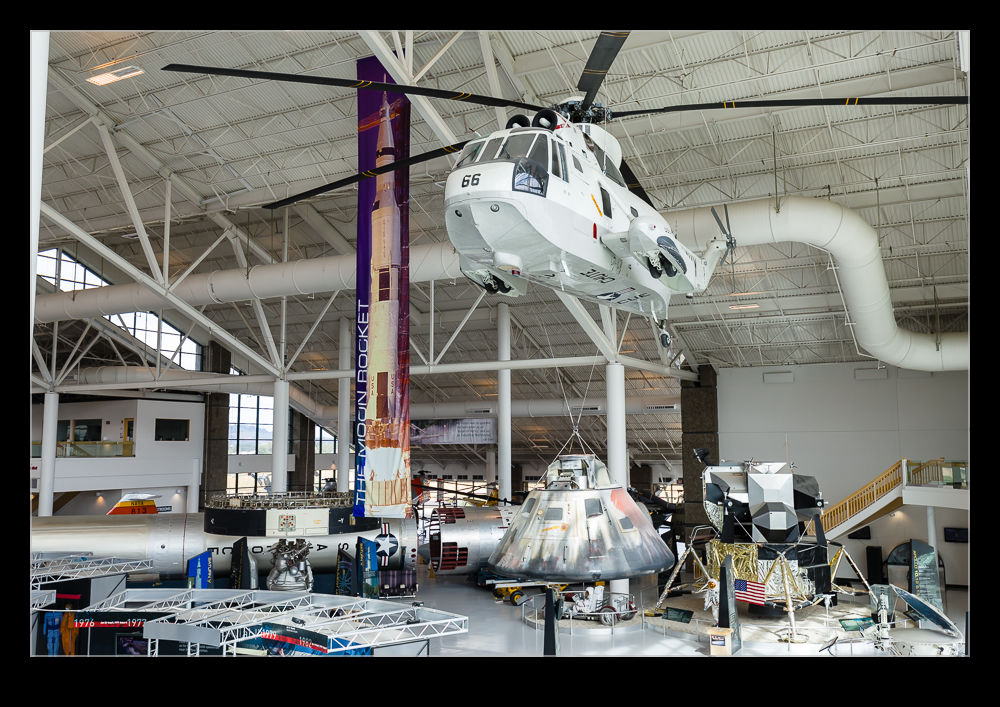 If I were to try and pick out highlights, it would be tricky. The Spruce Goose is the main feature of the original building and it still dominates things there. Indeed, it is so large that, at times, you actually forget it is there because it either is way above you or it fills the view becoming invisible in the process. The SR-71 is a delight to see at any time and the way that one engine pod is opened up is a nice touch and gives a good idea of the installation for a unique engine.
If I were to try and pick out highlights, it would be tricky. The Spruce Goose is the main feature of the original building and it still dominates things there. Indeed, it is so large that, at times, you actually forget it is there because it either is way above you or it fills the view becoming invisible in the process. The SR-71 is a delight to see at any time and the way that one engine pod is opened up is a nice touch and gives a good idea of the installation for a unique engine.
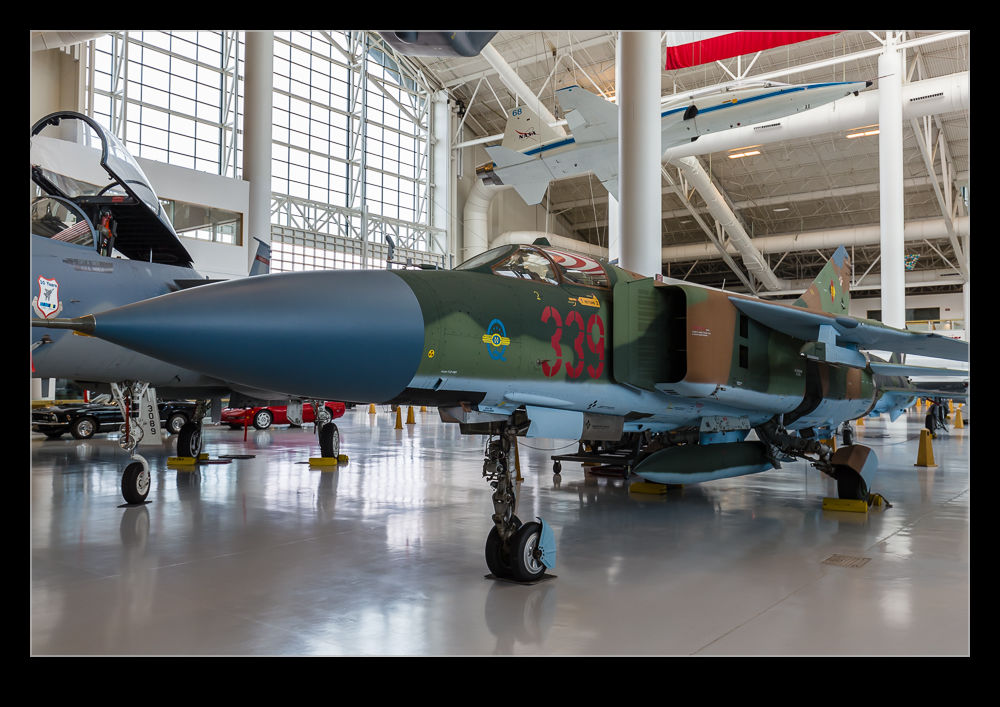 The rockets and missiles are well displayed and I shall come back to them in another post. Some of the aircraft are painted up in unusual schemes although these are not always original to the airframe on display. Even so, they are a change from what you might normally see. Having a 747-100 parked outside the front of the museum is a nice touch too – a reminder of Evergreen’s operations before the airline went bust.
The rockets and missiles are well displayed and I shall come back to them in another post. Some of the aircraft are painted up in unusual schemes although these are not always original to the airframe on display. Even so, they are a change from what you might normally see. Having a 747-100 parked outside the front of the museum is a nice touch too – a reminder of Evergreen’s operations before the airline went bust.
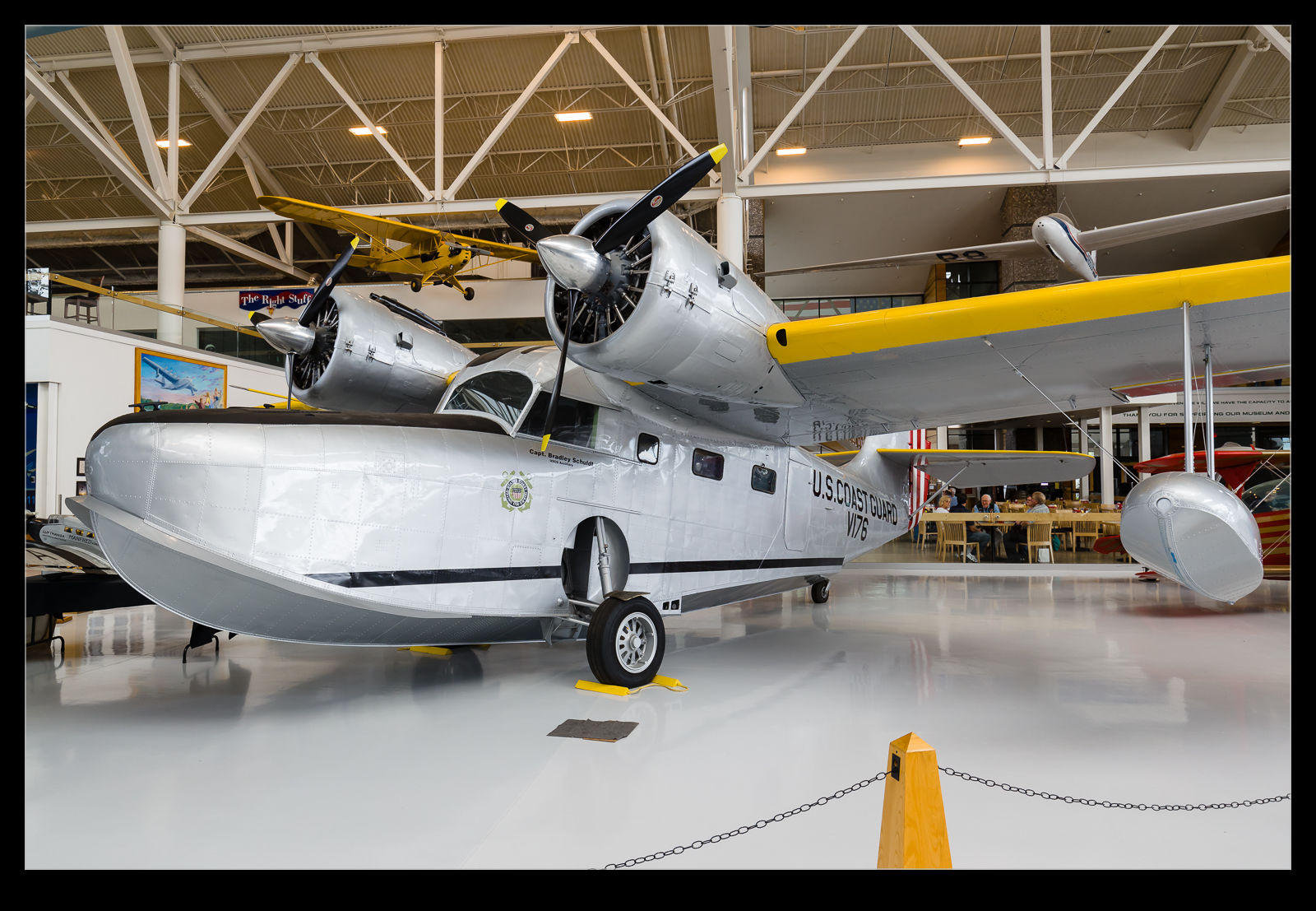 I only had a couple of hours so I was in a bit of a hurry working my way around but this is definitely a place that you could spend a lot of time. The journey there is long enough to make doing so something that you should really plan for. I saw plenty that I had seen before but plenty that was either not there or was not displayed in the same way. If you are in the vicinity, make a trip to McMinnville.
I only had a couple of hours so I was in a bit of a hurry working my way around but this is definitely a place that you could spend a lot of time. The journey there is long enough to make doing so something that you should really plan for. I saw plenty that I had seen before but plenty that was either not there or was not displayed in the same way. If you are in the vicinity, make a trip to McMinnville.
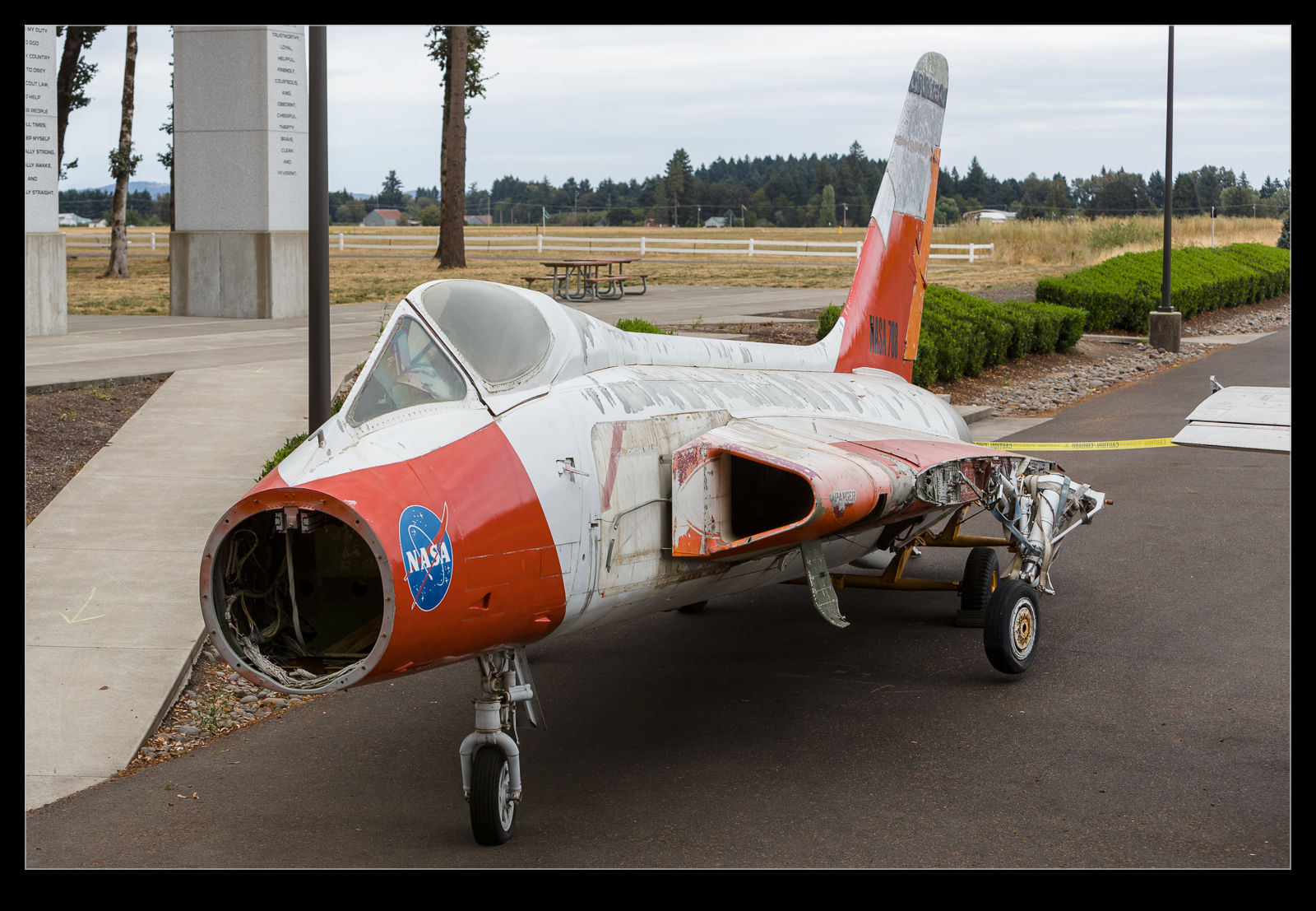
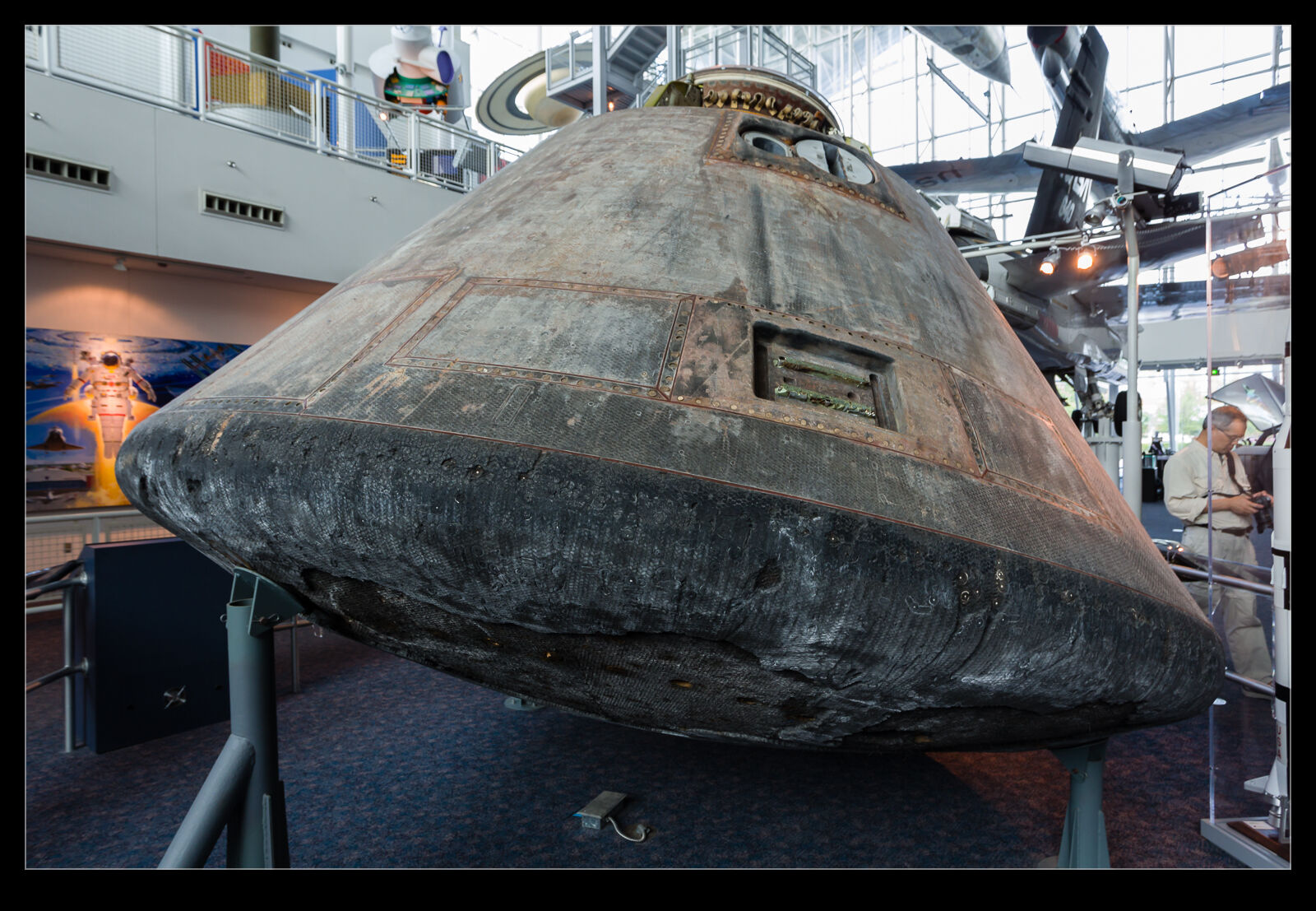 A day for compiling things from different locations. The Apollo command modules in this post are a combination of shots from museums across the country. Since the command module was the only part that made it back from the Apollo missions, it was the part that made it to display. Even so, there are not too many Apollo missions so not too many command modules. They do get supplemented though. There were ground test articles and mockups that were used during the program and have also been preserved.
A day for compiling things from different locations. The Apollo command modules in this post are a combination of shots from museums across the country. Since the command module was the only part that made it back from the Apollo missions, it was the part that made it to display. Even so, there are not too many Apollo missions so not too many command modules. They do get supplemented though. There were ground test articles and mockups that were used during the program and have also been preserved. The thing that is most striking about the early NASA spaceships is the size. (The current Russian Soyuz capsule is still pretty compact but you aren’t aiming to be in it for too long.) The Mercury capsule was tiny. Gemini was so-called up but had two people so was still pretty bloody tight. Apollo was home for three crew for a number of days so had to have a bit more room to play with. The seating area was not big but there was space behind there to get to and moving around once weightless was a bit easier.
The thing that is most striking about the early NASA spaceships is the size. (The current Russian Soyuz capsule is still pretty compact but you aren’t aiming to be in it for too long.) The Mercury capsule was tiny. Gemini was so-called up but had two people so was still pretty bloody tight. Apollo was home for three crew for a number of days so had to have a bit more room to play with. The seating area was not big but there was space behind there to get to and moving around once weightless was a bit easier.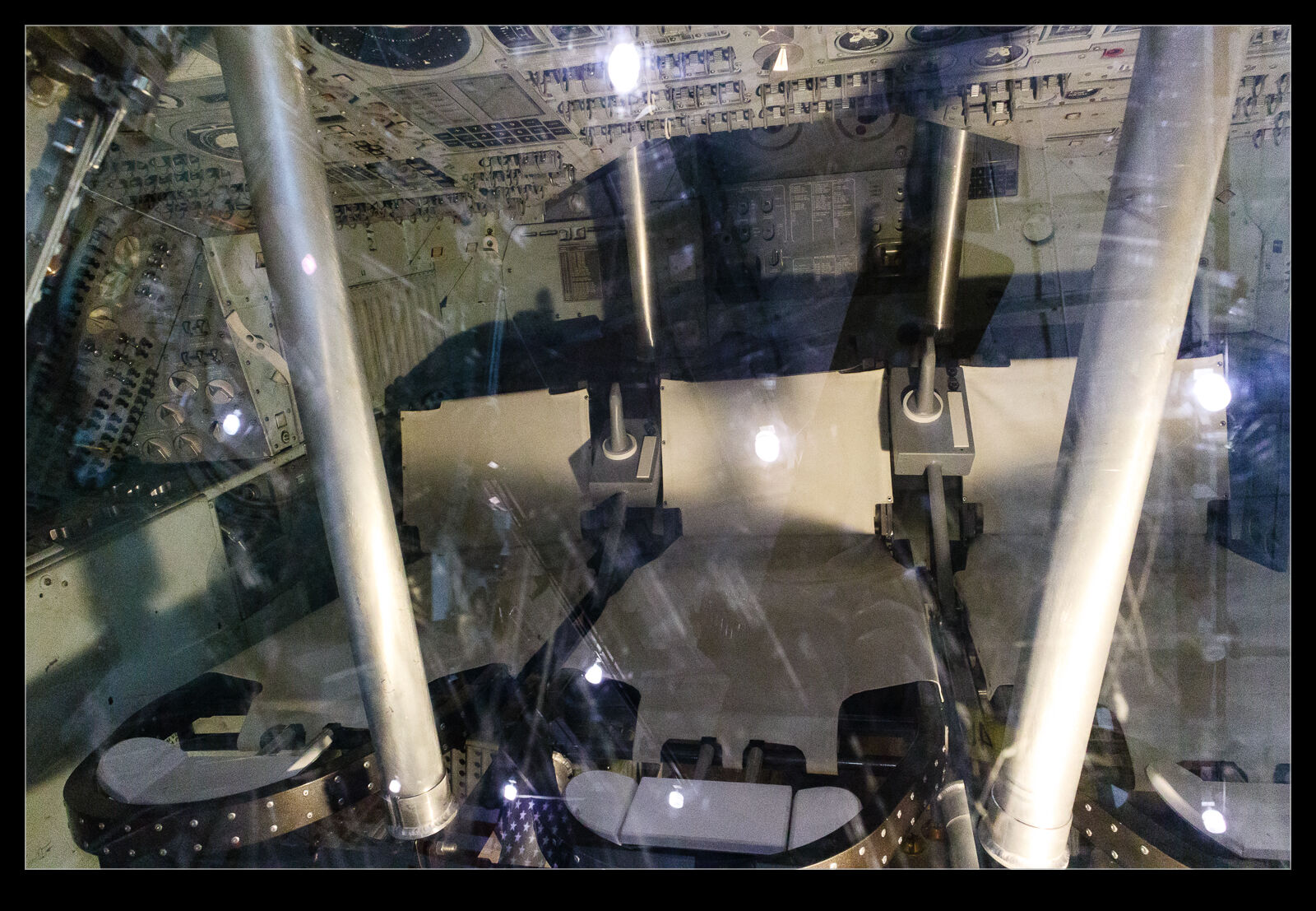 Even so, they are really tiny things in which to spend a lot of time with two other guys. You were also in space so this little thing was the only hope you had of getting back alive. You also had to deal with your fellow astronauts, some of whom got a bit ill on journeys. Read the book on the Apollo 8 mission to learn the unpleasant details. Those guys were really ready to take on the challenge head on.
Even so, they are really tiny things in which to spend a lot of time with two other guys. You were also in space so this little thing was the only hope you had of getting back alive. You also had to deal with your fellow astronauts, some of whom got a bit ill on journeys. Read the book on the Apollo 8 mission to learn the unpleasant details. Those guys were really ready to take on the challenge head on.